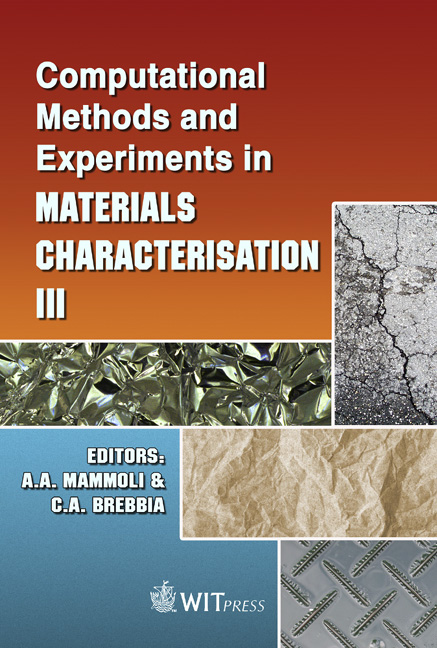Assimilation Of Porosity In Modern Bricks By Computational Means
Price
Free (open access)
Transaction
Volume
57
Pages
6
Published
2007
Size
730 kb
Paper DOI
10.2495/MC070311
Copyright
WIT Press
Author(s)
M. A. Stefanidou
Abstract
The study of porosity in building materials is important as porosity is connected to macroscopic mechanical and physical properties which influence the structure behaviour. A world-wide, simple, quick and low-cost method of recording porosity is through water absorption (RILEM CPC11.3). However, in the case of bricks there is a main disadvantage to using the above mentioned method. The clay material absorbs water and the results are altered. In that case another liquid (maybe an organic solvent) is usually used. This method though, is loosing its creditability and no comparisons can be made with other building materials which are in co-operation with bricks. Alternatively, in the present work, microscopic analysis through computational means using image analysis is used in order to record porosity in bricks of modern technology. These porosity values are statistically elaborated in order to estimate open porosity which is usually measured using a liquid adsorption. At the same time the geometry of pores and the pore size distribution are recorded. Keywords: bricks, porosity, water absorption, microscopy, image analysis. 1 Introduction Bricks are one of the most ancient construction materials as they were used in the Mediterranean countries for 5 thousand years (Papayianni, Stefanidou [1]). They were used in combination with stone and mortar in the construction of masterpieces such as churches (for example Hagia Sophia 4-6th century A.D.), protective city walls and also in humble constructions as houses.
Keywords
bricks, porosity, water absorption, microscopy, image analysis.





